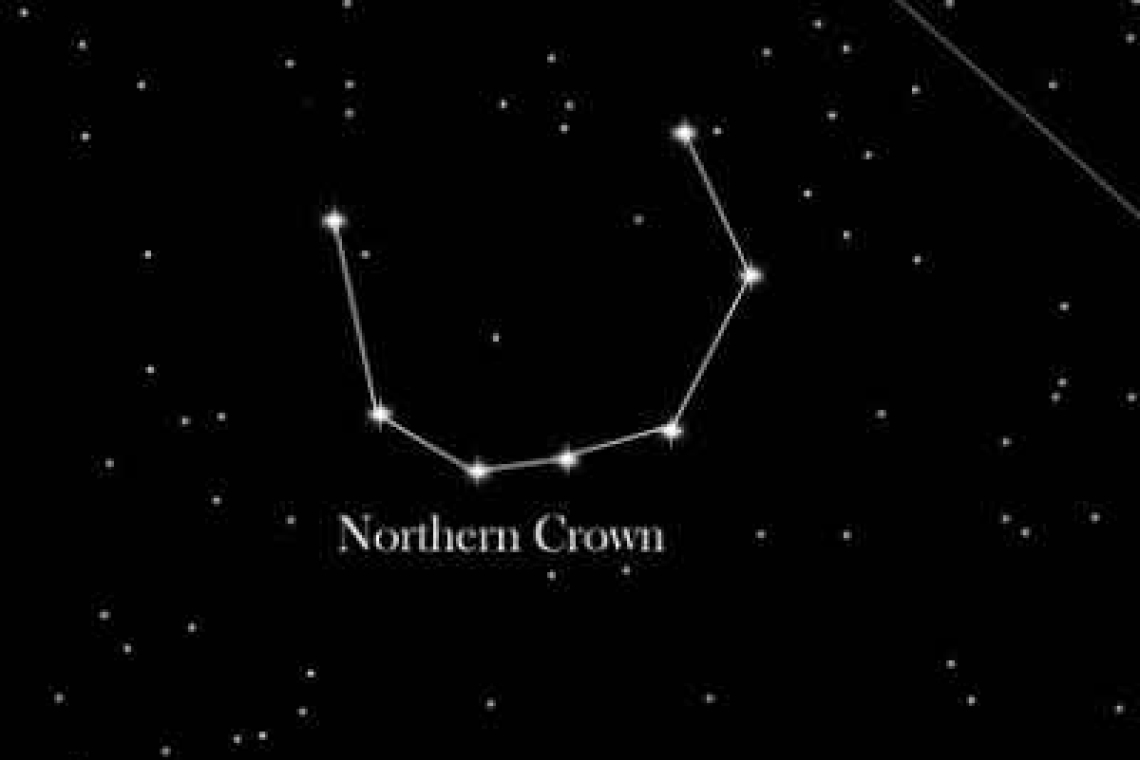~ St. Maarten’s Backyard Astronomy for May 9 - 11 ~
Sun rises at 5:40am
Sun sets at 6:36pm
Lunar phase: second quarter, waxing gibbous
Moon sets at 4:08am, Saturday
Moon rises at 4:05pm, Saturday
This weekend the meteor shower known as the Eta Aquarids will be lingering on. They generally run from April 15 to May 27, and the peak is likely just past for us, but still you can expect to see a few streaks of light showing that the earth is passing through their territory in the great wide solar system.
The moon is nearly full, so its brightness may lessen the clarity of stars and meteor streaks, but the moon itself is worth studying when it’s at this phase. The terminator said, “I’ll be back” – and indeed it is. In astronomy, the terminator line is the line that separates the sunlit side of the moon from the dark side of the moon. This weekend, its presence is curved and worth focusing on with a pair of binoculars. This is preferable to looking on a full moon when there is little shadow on the lunar surface. The shadows give a sense of the relief or texture of the landscape.
Let’s spend time searching for two crowns in our night sky this weekend. The Northern Crown and the Southern Crown are both lovely circlets of stars, smaller than the average constellation, but easily spotted due to the half-circle shape of bright stars. The Northern Crown, also called Corona Borealis, rises in the east just as the skies begin to darken with the oncoming night. By midnight, this delicate feature is near to directly overhead if you are viewing from St. Maarten. In the wee hours of the morning, the northern Crown is setting in the west.
The Southern Crown, or Corona Australis, is found low on the southern horizon and it rises fairly late. Around midnight, this C-shaped ringlet is rising just east of due south. You may recognize the teapot shape of Sagittarius and the curl of Scorpius’ tail just above the Southern Crown. By three in the morning, you can see the Southern Crown at its highest point in its low arc. That is only about a third of the way up the sky from horizon to zenith (overhead) and after that, it reaches back down towards the southwestern horizon.
Meanwhile, we have planets to spot! At sunset Saturday, Mars is overhead, and Jupiter is just a bit farther to the west. Venus is currently the Morning Star, heralding the new day, and Saturn and Mercury are nearby, sitting closely together, in the brightening eastern sky.
Thank you for keeping up with the Night Sky articles, backyard (or beach) astronomy designed for St. Maarten sky viewing. FYI: If you are out later on in the week, note that each star rises about four minutes earlier each day than written here, and the moon rises 50 minutes later. Night Sky is researched and compiled by Lisa Davis-Burnett. Earthsky.org is a key resource for information and images. Questions or comments? Email This email address is being protected from spambots. You need JavaScript enabled to view it.







